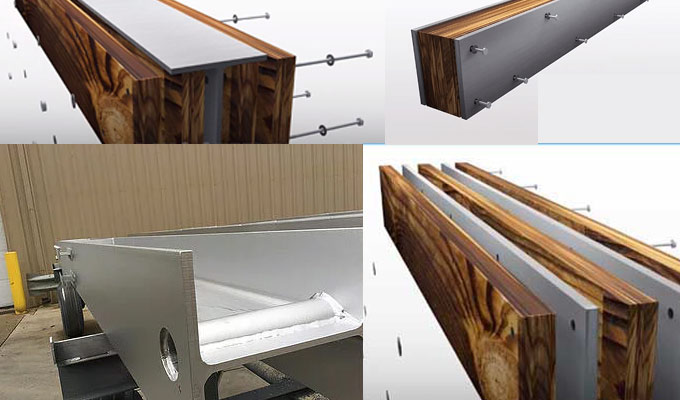Different Types of Structural Steel Shapes

Structural steel is one of the most flexible and versatile material that is used in construction. Engineers have accomplished the impossible by using structural steel. They have built massive skyscrapers and expansive bridges that have lasted for years.
To understand the full potential of structural steel, one must understand the various shapes and uses of structural steel.
American Standard Beam (S- Shaped)
This has a rolled section with two parallel flanges, connected by a web. The flanges are relatively narrow.
Angle (L-shaped)
This beam has two legs which come together at 90 degrees. Angle beam comes in un-even leg sizes. These beams are mostly used in floor systems due to the reduced structural depth.
Bearing Pile (H-Shaped)
When there is a shallow foundation, these beams are used to design a deep foundation system. The H-shape of the beam is effective in transferring loads through to the tip.
Channel (C-Shaped)
These beams, as the name suggests, has a C-shaped cross section. Channels have top and bottom flanges, with a web connecting them. When it comes to short to medium span structures, C-shaped beams are the most cost effective option. These were originally designed for bridges, but are even popular for use in marine piers.
Hollow Steel Section (HSS)
HSS is a metal profile which is a hollow, tubular cross section. They can be square, rectangular, circular or elliptical. HSS structures are rounded, with radiuses that are about twice the thickness of the wall. HSS is commonly used in welded steel frames.
I-Beam
It is also known has H-beam or universal beam, has two elements, the flanges, with a vertical element as the web.
Pipe
Structural steel pipes are important for a variety of construction applications, lending strength and stability. Pipes are hollow, cylindrical tubes that come in a variety of sizes. Engineers often use steel pipes to meet the needs of water, oil, and gas industry projects.
Tee
This is a load-bearing beam with a T-shaped cross section. The top of this cross section is the flange, with the vertical web below.


